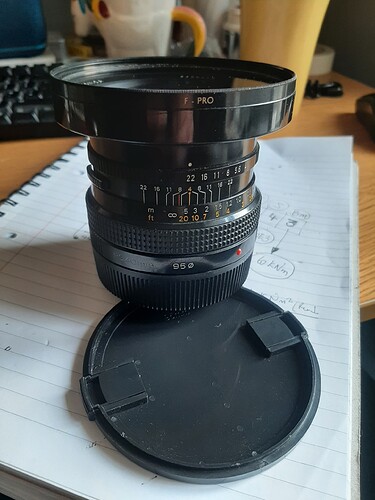My laptop has an intermittent boot problem. If it doesn’t boot twist the case a few mm and up it comes. So it needs replacing. I decided to get something newer and faster and shinier and it’s great and works.
What to do with the old one? Well there are plenty of 2nd hand motherboards on eBay, some say faulty, some say working. My old laptop was an i7 and all the i7 motherboards were faulty. But there was an i5 worker for £13.50 in p&p. I have a new (to me) faster laptop, so a working i5 is more use than an intermittent i7 and the speed penalty is maybe 10-15% slower which you wont notice most of the time as it’s only 0.5dB ![]()
The motherboard came 2 days back and I finally picked up courage to do the swap having seen the webpage showing each step with pictures and watching the YouTube video.
To remove the motherboard is a 24step process involving
removal of: 3x M2 x 2mm, 5x M2 x 2,5mm, 15x M2 x 3mm, 27x M2.5 x 5mm machine screws
removal of: CMOS battery, hard driver/caddy, RAM, Wifi card + cables, fan, keyboard bezel, keyboard, palmrest, fan hinges, sticky pads, speaker cable.
disconnecting: 2x LCD cables, DC cable, power button cable, speaker cable, 3x touch pad cables, keyboard cable
Then you can lift out the motherboard and insert the replacement. Reassembly is the reverse of the 24 steps and I broke the speaker plug but with high gain glasses and 2x jeweller’s loupes I was able to bodge it. I thought I’ll probably need to buy a set of replacement speakers.I got back from step 24 to about 6 when the LCD cable would’t reach. Was the socket in a different place? No meat-head here had trapped the cable and so I had to disassemble back to step 21, free the cable about 3mm and reassemble.
Then evening meal was served so that was wolfed down and I tried it. Dead. Nothing. Not even smoke!
Undaunted I plugged the charger in and the battery light lit. I hit power and… I got a CMOS corrupt message. Hit F1 and it said “no boot device”. Reboot and up came the Dell logo, F12 and into the bios, set the time, take it out of secure boot, set legacy boot: USB then internal SATA, save the changes and reboot. Wait… wait… wait… Dell logo and GRUB menu and Debian 12 loaded. A quick check showed all USB ports work, 2.4/5GHz wifi, ethernet, everything seems FB.
At this point I was quite impressed at what I’d achieved in 90mins especially as I can see naff all if it’s smaller than a stock cube now. I don’t want to do it again but even the gubbed and jiggered with speaker connector worked as sound came from both speakers. I spent a good 15minutes on that.
Or as Brother Maynard would say “And the Lord did grin. And the people did feast upon the lambs, and sloths, and carp, and anchovies, and orangutans, and breakfast cereals, and fruit bats, and large chulapas…”
The trick is knowing where to push/pull/lever and how much force to use but that is one of the most involved repairs I’ve done.
The question is, have you done something more fiddly and involved ?
